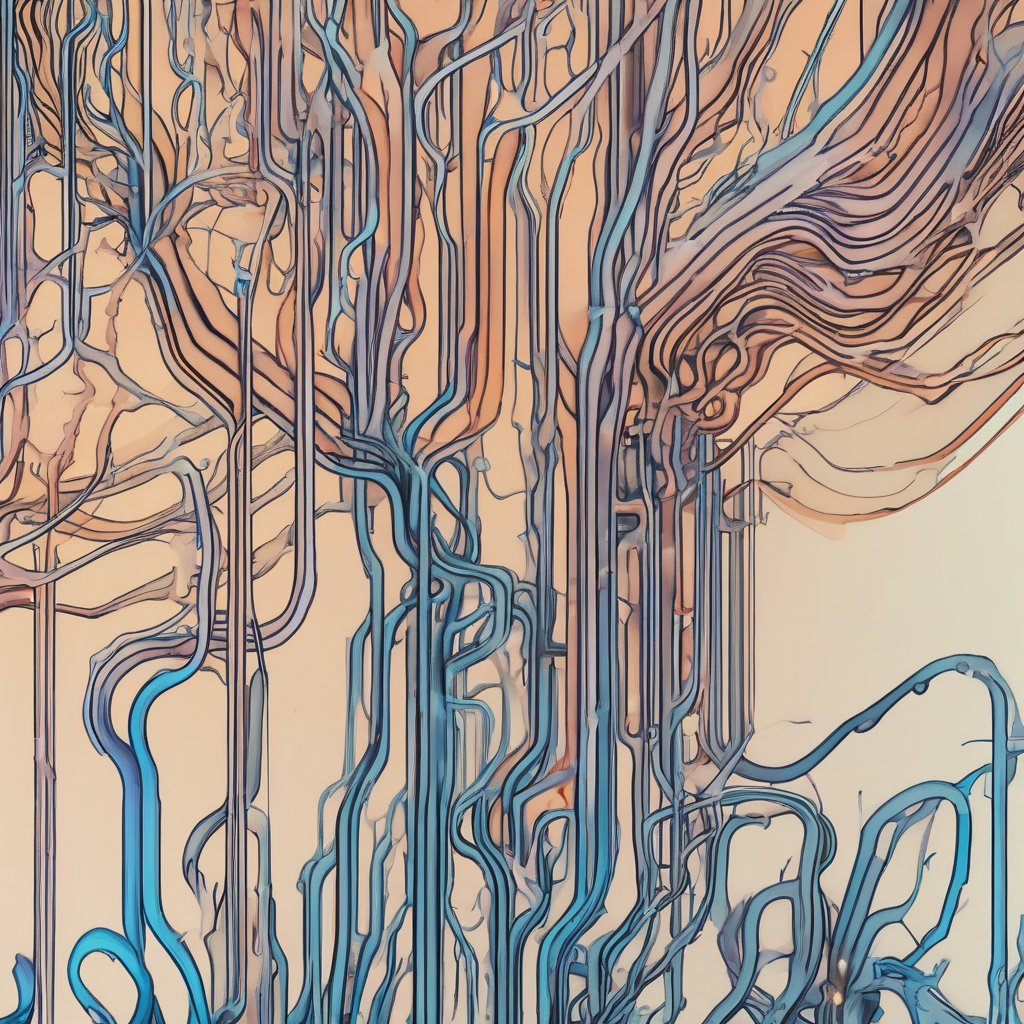- Fedora has a major update every 6 months, and every version is supported for 2 releases + 1 week (= ~1 year).
Updates have always been pretty painless for me. Most of my problems during updates have come from NVidia drivers (on a laptop), but a fix has always been available from the community. - Fedora has auto-update systemd services for both DNF and RPM-OSTree (more on this later). IIRC it’s just enabling a service and maybe editing a config file, but this is easy to search for, so I won’t tell you stuff I might not remember.
- SELinux mostly just works, and if it doesn’t it’s probably a bug (if something is a package for Fedora, SELinux should work OOTB. Browse Fedora Magazine for the quirks you need to know how to handle.
- I have no experience with ARC GPUs but Fedora might have better support as it tracks the latest kernel release = latest driver (depends on what was actually the issue, of course)
Concerning you RAID, just make sure the installer doesn’t touch it and mount it afterwards. You might have to do some kind of “restore” to give the files the needed SELinux metadata. The Discourse forum would probably be a good place to ask.
Now, a bit about DNF vs RPM-OSTree. Fedora with DNF is the standard distro much like most other distros. Use this if the next part doesn’t sound useful to you.
RPM-OSTree is used in a new family of distro that work a bit like git for your OS.
Your system runs off an “atomic” image. Atomic means unsplittable in Greek. Everything you change on your system is applied to your atomic image, like a file is added or removed from a git repo.
This is nice because upgrading to the next major version becomes a simple matter of rebasing you changes on top of the new version, and likewise, rolling back (in case of issues) becomes a single command and a reboot.
Fedora IoT is the “Server” edition of the Atomic desktops. Fedora CoreOS is a more “immutable” approach.
Feel free to ask more questions if something doesn’t make sense.








No Children - The Mountain Goats
But not in a “fuck you world, I’ll do what I want” kinda way. More of a “I wanna watch it burn” kinda way.